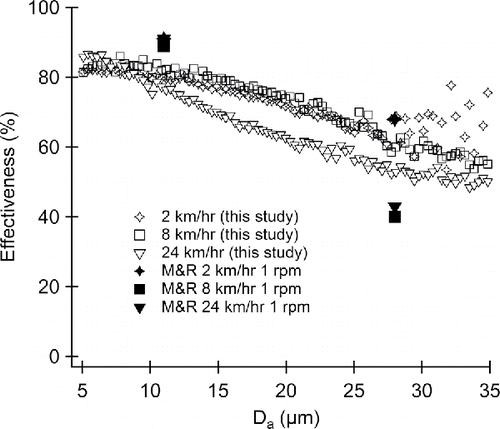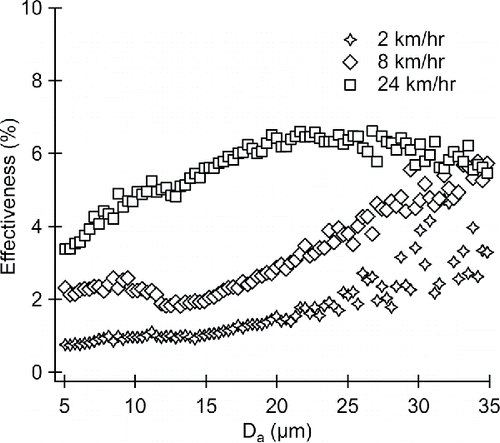Figures & data
Table 1. Reported ranges of Hi-Vol effectiveness based on investigated experimental factors.
Figure 1. EPA's aerosol wind tunnel with air flow direction, distances in meters, and important sections labeled: (a) aerosol generator, (b) oscillating fans to provide secondary flow and enhance horizontal mixing, and (c) test sampler location. Not drawn to scale.

Table 2. Custom dust mixtures.
Figure 2. Hi-Vol TSP installed in aerosol wind tunnel: (a) isokinetic reference sampler on left side, (b) Hi-Vol TSP in 0° orientation, and (c) isokinetic reference sampler on right side. Embedded diagram of Hi-Vol TSP as viewed from above. Wind parallel to the roof ridge is 0°, wind perpendicular to the roof ridge is 90°, and wind approaching each corner is 45°.
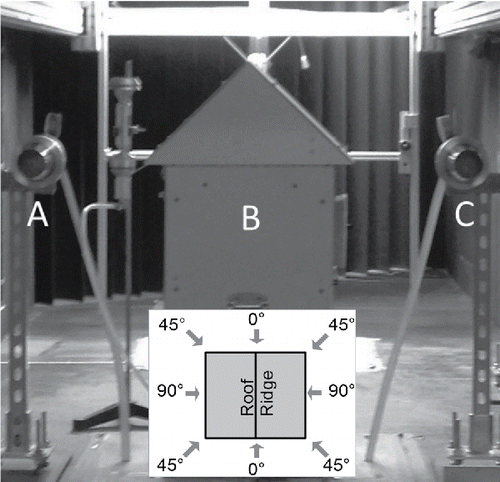
Figure 3. Ratio of isokinetic sampler 1 (R1) counts to isokinetic sampler 2 (R2) counts for 2 km h−1 and 90° orientation. Whiskers represent ± 1 standard deviation of replicate tests, n = 4.
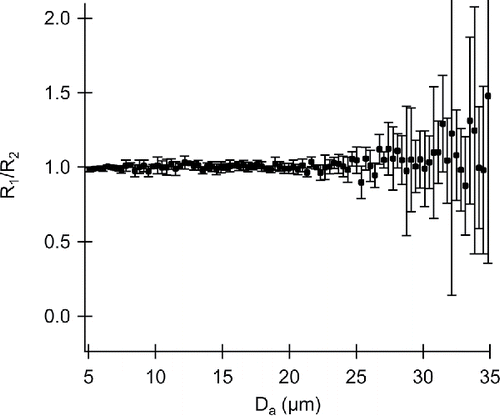
Figure 4. Effectiveness of the Tisch Hi-Vol TSP operated at 50 cfm while sampling 2 km h−1 wind at an orientation of 0°. Whiskers represent ± 1 standard deviation of replicate tests, n = 4.
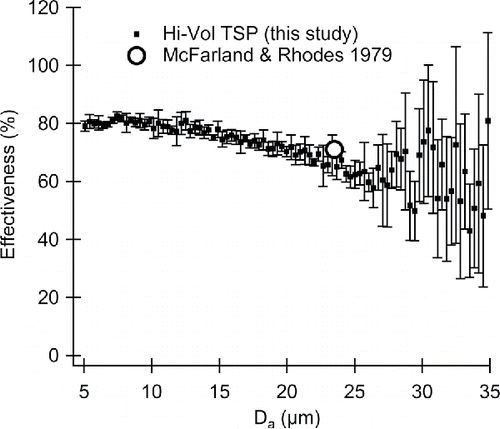
Figure 5. Directional effectiveness of the Tisch Hi-Vol TSP operated at 50 cfm. Dots represent this study, open diamonds represent McFarland and Rodes (Citation1979) data. Replicates for each condition were typically between 4 and 7.
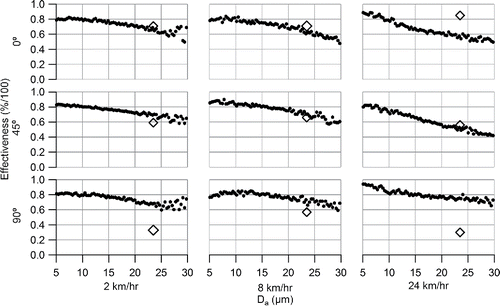
Figure 6. Calculated omni-directional performance of the Hi-Vol TSP operated at 50 cfm. McFarland & Rodes 1 revolution per minute data points in solid markers.
